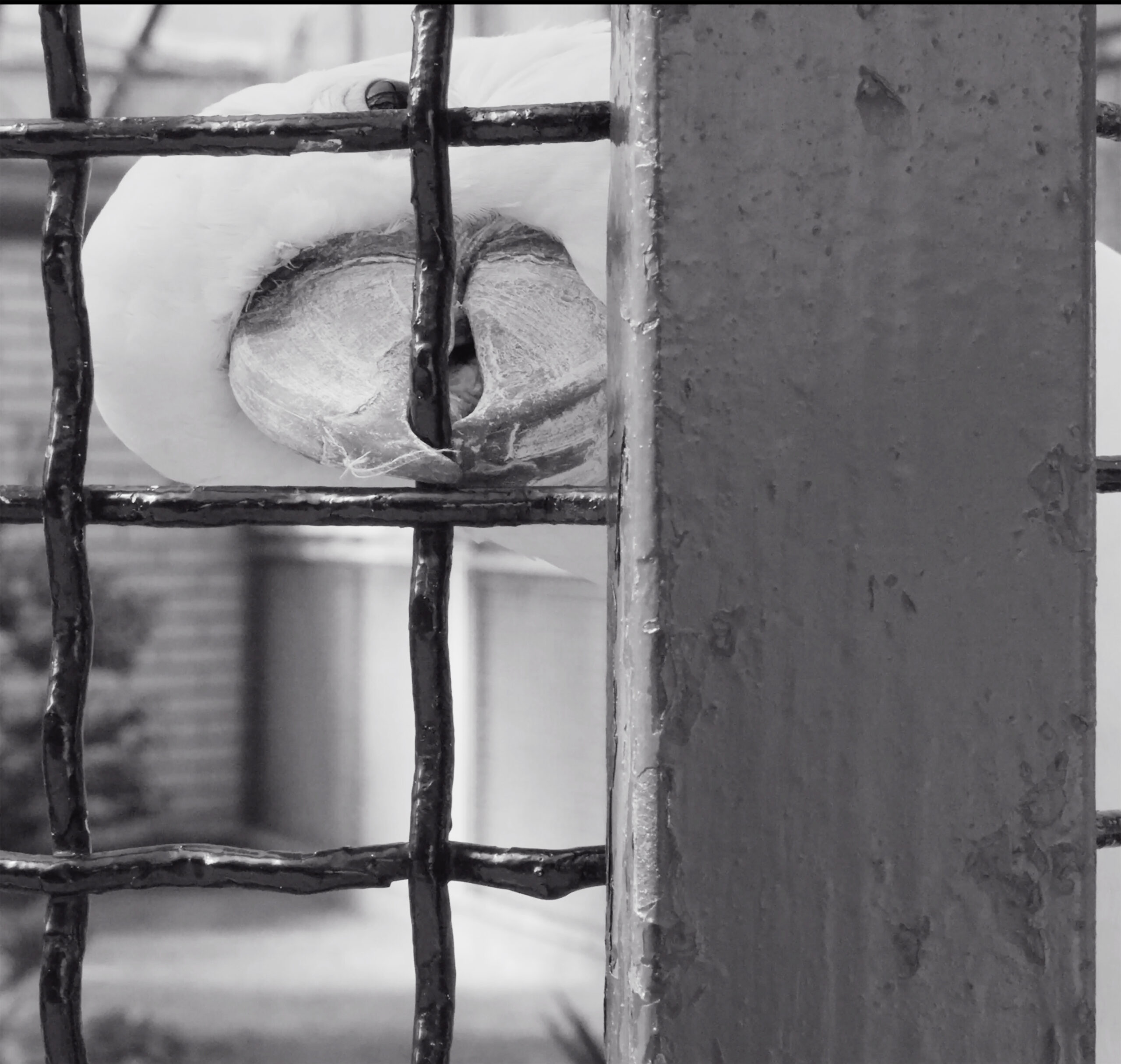English version below
När världens ledare ville träffa den jugoslaviske regeringschefen Josip Broz Tito på femtio- och sextiotalet fick de i regel bege sig till ön Brioni i Adriatiska havet.
Tito styrde Jugoslavien i trettiofem år och lät forma ön till en fantasiplats full av märkvärdigheter. Förutom exotiska djur fanns där tjugo sorters druvor och sjuhundra arter träd och buskar, luxuösa hus och hotell, en perfekt trimmad golfbana, en stor utomhusbiograf.
Brioni blev en plats där allt strålade samman, alla världens djur, alla landskap och alla dignitärer. Ön skulle vara världens centrum, något som liknade en koloni i hjärtat av Europa. Projektet hade redan påbörjats av den österrikiske industrialisten Paul Kupelweiser. Efter att malarian utrotats på ön i början av förra seklet var Brioni under en period ett blomstrande societetsfäste. Kupelweiser-familjen tycks däremot ha söndrats och gått under.
Tito var under kalla kriget drivande i skapandet av den alliansfria rörelsen (NAM). Med antiimperialistisk retorik fångade Tito upp de nya nationer som gjort sig fria från kolonialismen. Afrikas och Asiens ledare kom till Brioni för att skaka hand med Tito. De anlände med ekipage av burar med vilda djur. På så sätt utvecklades Brioni till en geopolitisk gestaltning av den alliansfria rörelsen och än idag finns ättlingarna till djuren kvar på öns savannliknande fält: zebror, antiloper, ellipsvattenbockar, lamadjur, strutsar.
Kakaduan Koki, som Tito skänkte till sitt barnbarn, är nu närmare sextio år och ropar fortfarande ”Tito”. Det var kakaduans ”röst” som gav oss impulsen att använda den ”nekromantiska” metoden när vi gjorde vår film som är huvudverket på utställningen på Österängens Konsthall. Nekromantik är ett begrepp för de metoder man antiken använde för att få kontakt med de döda. Ceremonierna och ritualerna syftade ytterst till att få kunskap om historien.
Utställningen innehåller också – förutom en fotografisk svit, vykort och dokument – två collage som är baserade på material från öns Tito-museum. Museet framställer fortfarande Tito och hans gärning på ön i heroisk dager. I dessa collage har vi sökt utvinna ”det omedvetna” ur det historiska materialet, det som inte är explicit i enskildheten men som kan extraheras genom att sammanföra utsnitt.
Brioni – en nekromantisk teater är ett samarbete mellan konstnärerna Magnus Bärtås och Behzad Khosravi Noori som delar ett intresse för essäistisk dokumentärfilm och mikohistoria. På olika sätt har de båda arbetat med frågor kring historiskt material och historieskrivning – inte minst vad det gäller Balkan och postjugoslavien.
Behzad Khosravi Noori (f. Teheran 1976) har nyligen inlett post doc-projektet ”Landscape of Imagination” i samarbete med Konstfack, Habib University, Karachi och Goldsmiths University i London. Hans verk har bl.a. visats på Research Pavillion, Venedig 2017, Art Encounter Biennale 2019, Kalmar Konstmuseum 2019, Malmö Konstmuseum 2019, HDLU Zagreb 2020 och Ural industrial biennale 2021.
Magnus Bärtås (f. Jönköping 1962) har ställt ut bl.a. på Modernautställningen, Moderna Museet 2006 och 2010 och Gwangjubiennalen 2012. 2010 vann han det stora priset på Oberhausens Internationella Filmfestival och 2016 visade han en retrospektiv utställning på Göteborgs Konsthall. Bärtås är också författare, bl.a till den Augustprisnominerade ”Alla monster måste dö” (tillsammans med Fredrik Ekman) och chef för forskningen på Konstfack.
VERNISSAGE LÖRDAGEN DEN 5 FEBRUARI KL. 13.00-15.00
Invigning och samtal med konstnärerna kl. 14.00.
På grund av rådande pandemirestriktioner får max 20 besökare vistas i lokalen samtidigt.
Konsthallen har öppet kl. 11.00-16.00 under hela vernissagedagen.
För frågor: Skicka ett mail till info@osterangenskonsthall.se
VÄLKOMMEN!
BÄRTÅS & Khosravi Noori:
Brioni – A nectromantic theatre
WHEN THE LEADERS OF THE WORLD WANTED TO MEET JOSIP BROZ TITO, THE YUGOSLAVIAN HEAD OF GOVERNMENT DURING THE 50´S AND 60´S, THEY WERE TAKEN TO THE ISLAND OF BRIONI IN THE ADRIATIC SEA.
Tito ruled Yugoslavia for thirty-five years and developed the island into a fantasy site full of oddities. In addition to exotic animals, there were twenty varieties of grapes and seven hundred species of trees and shrubs, luxurious houses and hotels, a perfectly manicured golf course, and a large outdoor cinema.
Brioni became a place where everything was aggrandized, all the animals of the world, the landscapes and all the visiting dignitaries. The island would be the center of the world, something like a colony in the heart of Europe. The project was initiated by the Austrian industrialist Paul Kupelweiser. After the irradication of malaria on the island at the beginning of the last century, Brioni was for a time a thriving stronghold of the elite. The Kupelweiser family, on the other hand, seems to have dissolved.
During the Cold War, Tito was instrumental in the creation of the non-aligned movement (NAM). With anti-imperialist rhetoric, Tito captured the new nations that had freed themselves from colonialism. The leaders of Africa and Asia came to Brioni to shake hands with Tito. They arrived with cages with wild animals. In this way, Brioni developed into a geopolitical embodiment of the non-aligned movement, and even today the descendants of the animals remain on the island’s savannah-like fields: zebras, antelopes, waterbucks, llamas, ostriches.
The kakadua Koki, which Tito gave to his grandchild, is now almost sixty years old and still shouts ”Tito”. It was the cockatoo’s ”voice” that gave us the impulse to use the ”necromantic” method when we made our film, which is the main work in the exhibition at Österängens Konsthall. Necromancy is a term for the methods used in antiquity to make contact with the dead. The ceremonies and rituals were ultimately aimed at gaining knowledge of history.
The exhibition also contains – in addition to a photographic suite, postcards and documents – two collages based on materials from the island’s Tito Museum. The museum still depicts Tito and his deeds on the island in its glory days. In these collages we have sought to extract ”the unconscious” from the historical material, that which is not explicit in the individual but which can be extracted by combining sections.
Brioni – a necromantic theatre is a collaboration between the artists Magnus Bärtås and Behzad Khosravi Noori who share an interest in essayistic documentary film and micro-history. In different ways, they have both worked with questions about historical material and historiography – not least with regard to the Balkans and post-Yugoslavia.
Behzad Khosravi Noori (b. Tehran 1976) has recently started the post-doc project ”Landscape of Imagination” in collaboration with Konstfack,Stockholm, Habib University, Karachi and Goldsmiths University in London. His work has been shown at Research Pavillion, Venice 2017, Art Encounter Biennale 2019, Kalmar Art Museum 2019, Malmö Art Museum 2019, HDLU Zagreb 2020 and Ural industrial biennale 2021.
Magnus Bärtås (b. Jönköping 1962) has exhibited at Moderna Museet 2006 and 2010 and Gwangjubiennalen 2012. In 2010 he won the grand prize at Oberhausen’s International Film Festival and in 2016 he exhibited a retrospective at Göteborgs Konsthall. Bärtås is also an author, among other things for the August Prize-nominated ”All monsters must die” (together with Fredrik Ekman) and head of research at Konstfack.
OPENING: SATURDAY 5 FEBRUARY AT 13.00-15.00
Inauguration and artist talk at 14.00.
Due to current pandemic restrictions, a maximum of 20 visitors may stay in the gallery at the same time. The art gallery is open at 11.00-16.00 during the entire opening day.
For questions: Send an email to info@osterangenskonsthall.se
WELCOME!

